I had this problem “from the other side†a few months ago: I had uploaded some games and pictures onto my server and others couldn't download them from there.
At that time I hit on a snag concerning my server: It wasn't enough to just change the download links from "http://" to "https://". I also had to teach my server to accept those new "https://" requests. It had something to do with installing a "Let's encrypt certificate". Before I'd done that, my server would refuse the "https://" addresses in the same way that it'd refuse wrong or unknown addresses.
So, just changing all the "http://" links won't necessarily solve the problem in all cases. We'd need to check for each individual link whether the "https://" variant is resolved.
At that time I hit on a snag concerning my server: It wasn't enough to just change the download links from "http://" to "https://". I also had to teach my server to accept those new "https://" requests. It had something to do with installing a "Let's encrypt certificate". Before I'd done that, my server would refuse the "https://" addresses in the same way that it'd refuse wrong or unknown addresses.
So, just changing all the "http://" links won't necessarily solve the problem in all cases. We'd need to check for each individual link whether the "https://" variant is resolved.


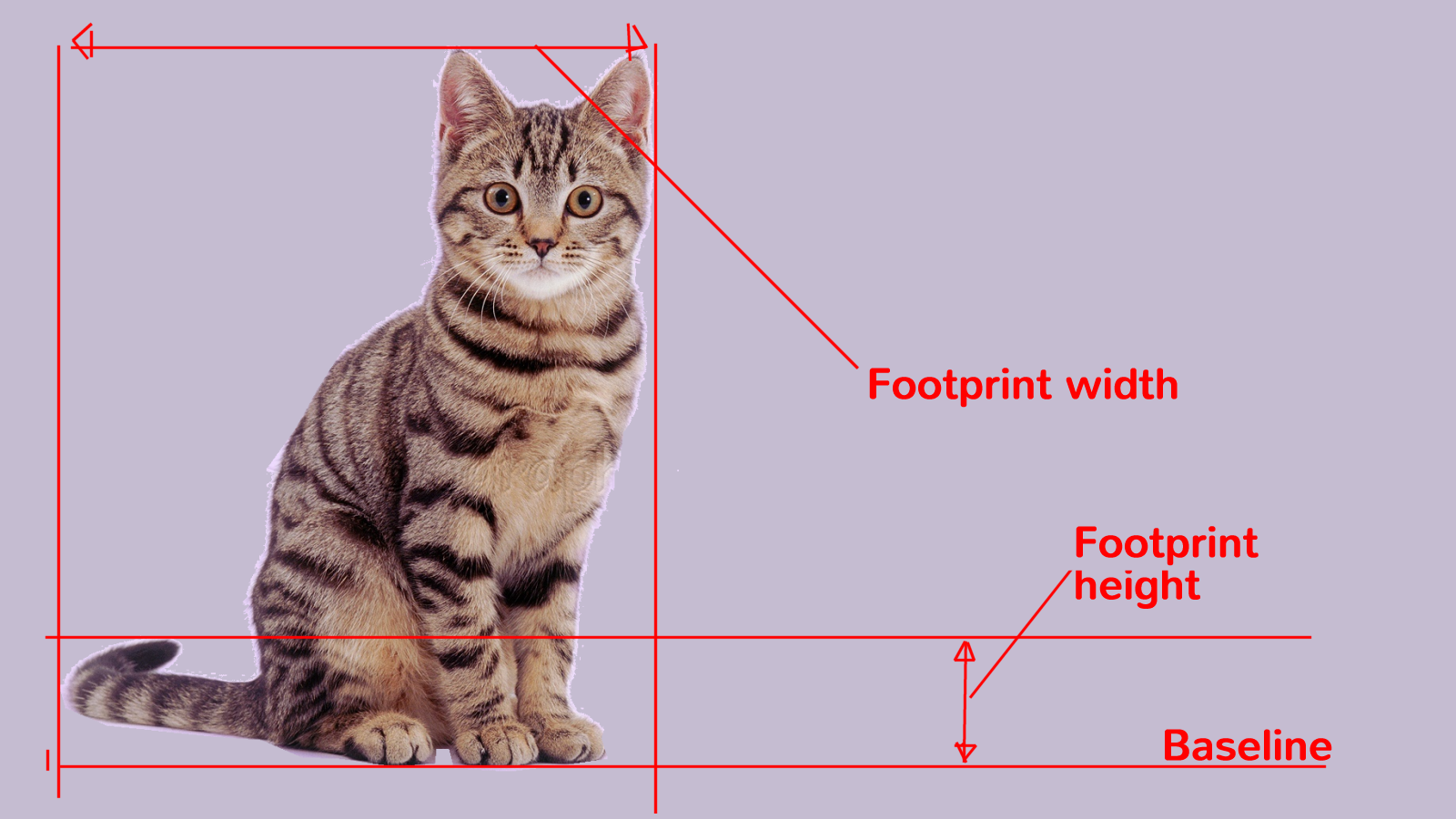

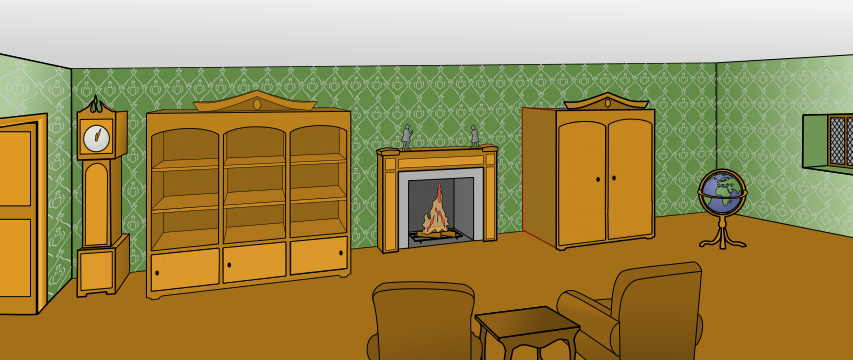
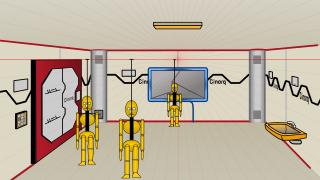
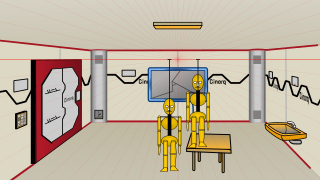
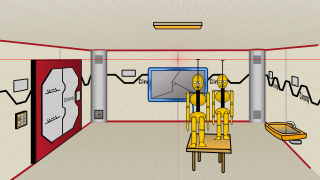
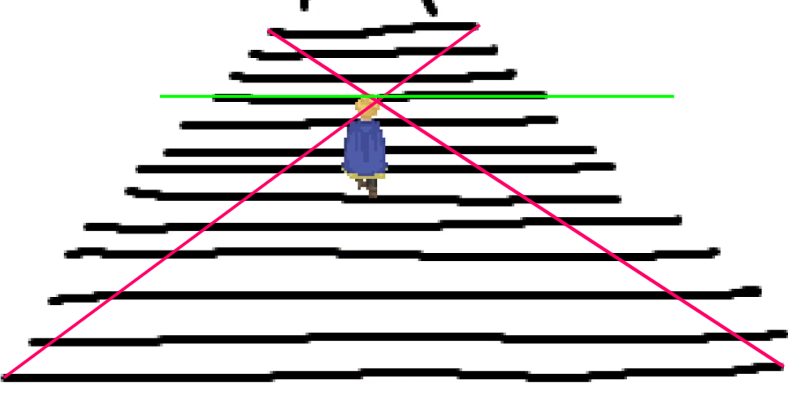
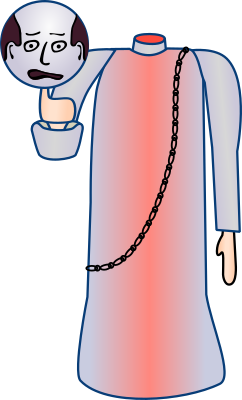


 .
.